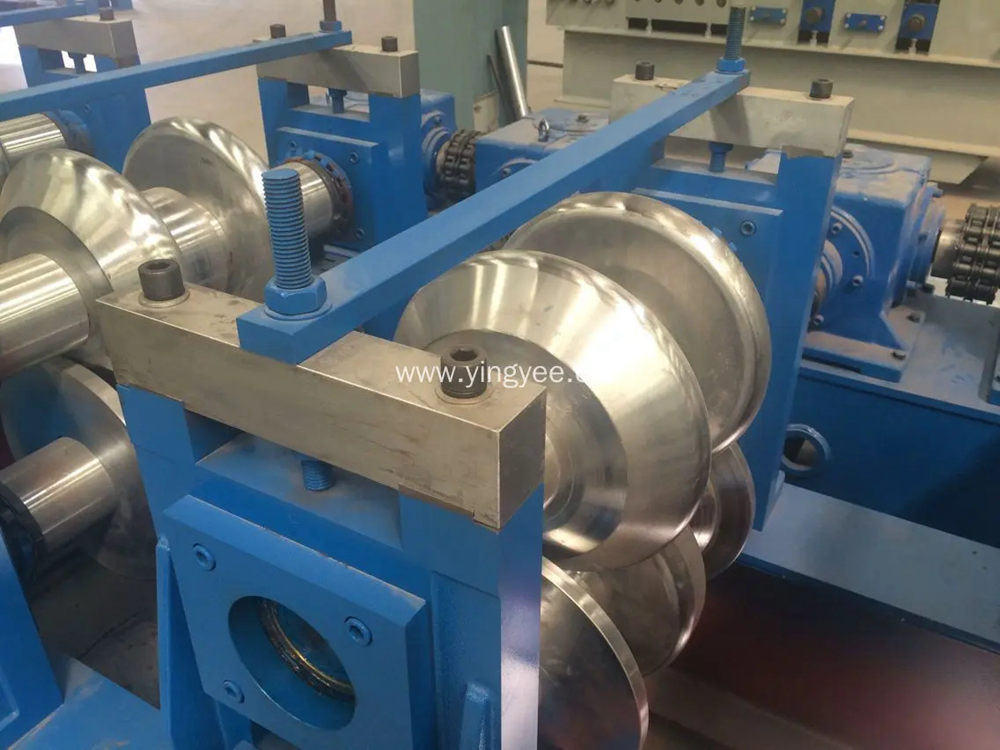
The Cold Bending Machine An Overview
Cold bending machines are essential tools in the field of metal processing, designed to bend metal in a controlled manner at room temperature. Unlike traditional methods that may require heating the metal, cold bending preserves the material's structural integrity while allowing for precise and intricate shapes. This technology is widely used in various industries, including construction, automotive, and manufacturing.
Working Principle
Cold bending machines operate on the principle of applying significant pressure to metal pieces, causing them to deform without exceeding their yield strength. The process involves several methods, including roll bending, press bending, and rotary bending. Each technique has its unique advantages, depending on the application and the type of metal being processed.
Rolling techniques are particularly popular because they allow for continuous bending of metal sheets or rods, making them ideal for producing curves and circular shapes. Press bending, on the other hand, utilizes a die to shape the metal, offering high precision for angular bends. Rotary bending machines work by rotating the metal around a specific axis, providing excellent control for complex bending operations.
Applications
The versatility of cold bending machines makes them invaluable in numerous applications. In the construction industry, these machines are used to create structural components such as beams, columns, and brackets. Their ability to produce complex shapes allows for innovative architectural designs. In automotive manufacturing, cold bending is employed to create parts like frames and panels, which must meet stringent safety standards while maintaining lightweight design.

In addition to construction and automotive, cold bending machines are vital in producing furniture, appliances, and various metal products. Their precision reduces waste and improves efficiency in manufacturing processes, ultimately leading to cost savings.
Benefits
Cold bending offers numerous benefits over traditional bending methods. One of the most significant advantages is the elimination of the need for heating, which not only saves energy but also reduces the risk of thermal distortion. Cold bending also results in tighter tolerances and smoother finishes, which are critical in applications requiring high precision.
Furthermore, cold bending can improve the mechanical properties of metals. The process induces work hardening, making the material stronger and more resilient to stress. This characteristic is particularly beneficial in applications that demand durability and strength.
Conclusion
In summary, cold bending machines are integral to modern metal processing, providing efficiency and precision in producing a wide range of components across various industries. Their ability to bend metal without heating preserves the material's quality while enhancing its strength. As technology advances, the capabilities of cold bending machines continue to evolve, paving the way for innovative applications and improved manufacturing processes. Understanding and utilizing these machines effectively can significantly impact the quality and efficiency of production, making them a worthwhile investment for any metalworking operation.